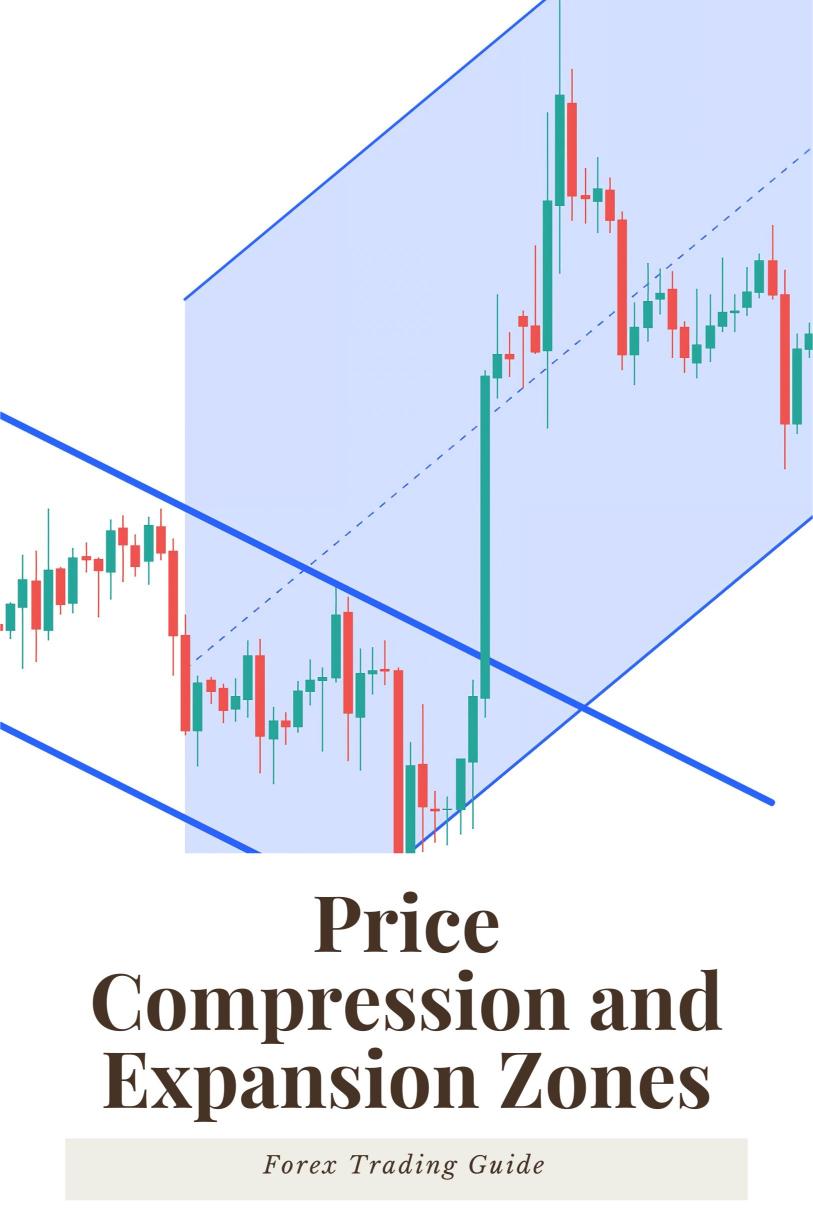Last Updated on February 6, 2025 by Arif Chowdhury
Ever felt stuck trying to figure out when to enter or exit a Forex trade?
Do you often wonder how to spot the right moments to maximize your profits?
As a seasoned Forex trader since 2015, I’ve been there.
I’ve learned that one of the most effective ways to navigate the Forex market is through price compression and expansion zones.
Let’s break it down.
What Are Price Compression and Expansion Zones?
Price compression occurs when the price of a currency pair moves within a tight range.
It’s like a coiled spring ready to release energy.
When you spot this, it often indicates that a significant move is on the horizon.
On the flip side, expansion zones happen when prices break out of this tight range.
This is where the real action starts.
Why Should You Care?
- Increased Profit Potential: Understanding these zones can help you catch big moves early.
- Reduced Risk: You can make more informed decisions about your trades.
- Statistical Edge: Did you know that 70% of traders lose money? Learning to identify these zones can help you be part of the successful 30%.
How to Identify Compression Zones
- Look for Tight Ranges:
- Check the last few candles.
- Are they moving within a small price range?
- Use Technical Indicators:
- Bollinger Bands can be helpful.
- When they narrow, price compression is likely happening.
- Volume Analysis:
- Low volume typically accompanies price compression.
- If volume is decreasing while prices are stable, it’s a sign.
Recognizing Expansion Zones
- Breakouts:
- Watch for prices breaking above or below the range.
- A strong breakout with increased volume usually indicates a good opportunity.
- Measure the Range:
- Calculate the distance of the previous compression zone.
- This can help set profit targets.
- Follow the Trend:
- After a breakout, identify the new trend direction.
- Make sure to trade in line with this direction.
Developing Your Trading Strategy
Once you’ve identified compression and expansion zones, you can structure your trades around them.
Here’s how:
- Entry Point:
- Enter when the price breaks out of the compression zone.
- Stop-Loss Placement:
- Place it just outside the compression zone to minimize risk.
- Take Profit:
- Aim for 200-350 pips based on the range of the previous compression.
Real-Life Example
Let’s say you’re watching EUR/USD.
You notice it’s been trading within a 50-pip range for a few days.
Suddenly, it breaks out with a strong bullish candle and increased volume.
You enter the trade with a stop-loss just below the range and set your take profit target based on the previous highs.
This strategy can lead to consistent profitability over time.
Enhance Your Trading with Technology
Trading can be tough.
That’s why I developed a portfolio of 16 sophisticated trading bots.
These bots are strategically diversified across major currency pairs like EUR/USD, GBP/USD, USD/CHF, and USD/JPY.
Each bot is designed to identify price compression and expansion zones effectively, making it easier for you to profit while minimizing risk.
If you’re interested in automating your trading process, check out my bots here: Explore My Trading Bots.
Best Forex Brokers for Your Needs
Choosing the right broker is crucial.
I’ve tested several, and I recommend checking out the best Forex brokers that offer tight spreads and instant withdrawals.
You can find my top picks here: Most Trusted Forex Brokers.
Final Thoughts
Mastering price compression and expansion zones can significantly improve your trading performance.
By focusing on these concepts, you’re not just gambling; you’re making informed decisions based on market behavior.
Remember, the Forex market can be unpredictable.
But with the right tools and strategies, you can tilt the odds in your favor.
Let’s make your trading journey successful!
